Oblivious To The Obvious
 Wednesday, February 6, 2008 at 11:44PM
Wednesday, February 6, 2008 at 11:44PM There was a bit of dramatic weather east of the Rockies today ... lethal tornadoes in the Southeast and powerful blizzards in the Midwest wrought havoc and claimed many lives. Please do not construe from the levity contained in this post that I take lightly the suffering of those who died and those who are left to grieve for their dead and put their own lives back together. But on a day like today when I was at home and had tuned the TV to cable news and weather stations while puttering around the house, at times the quality of broadcast journalism was truly astonishing.
A coed at Union University in Memphis, Tennessee, was interviewed following her experiences during tornadic activity that decimated the campus. She and seven other girls huddled in a dormitory bathroom throughout the event, fortunately emerging unscathed. After listening to the girl's account of the terrifying ordeal, this was what the cable news reporter wanted to know: "How frightening was that?" Tell you what. Haul out your Fright-O-Meter, hand the girl a sledgehammer, and let's see what we come up with. If she can ring the bell, it was pretty scary.
The mayor of a small town in Arkansas that sustained heavy tornado damage could not seem to stop saying this, or variations on this: "It was totally destroyed." Yes! That makes total sense! I am pretty sure "destroyed" implies "totally" ... especially when the mode of destruction is a tornado.
The Weather Channel shrewdly dispatched award-winning meteorologist Mike Seidel to Wisconsin to report on the blizzard there. Riveting coverage of this major winter storm began with several minutes of a stationary camera trained on a tall building with gale-force winds blowing copious amounts of snow across its facade. The voice-over observed wisely: "Heavy snow in Wisconsin."
Just when you thought it could not possibly get any more exciting or informative, camera number two captured Mike Seidel at work. Well ... actually he was alternating valiant attempts to stay on his feet and keep his coat from blowing off, whichever seemed prudently doable at any given moment. His face was invisible in the recesses of his Gore-Tex hood; his thickly-gloved hand struggled to keep the microphone near his frozen lips.
This was the question posed by his colleague back at the warm, dry studio in Atlanta: "What's it like out there, Mike?" I wouldn't have blamed Mike if he'd reacted with a stare so withering it would have burned a hole in the electronic feed all the way back to Hotlanta and replied sarcastically: "Well, as you can see, it's the kind of day when you can just sense the nearness of springtime. Matter of fact, I think I'll make the most of it and go for a leisurely stroll. Maybe have a picnic lunch. Really savor the ambience of the Midwest in February."
Another report told of planes "stuck" in the air, unable to land in cities like Chicago and Detroit due to whiteout conditions. The announcer offered this revelation: "Because, you know, visibility is an important factor when landing and taking off." Indeed! When attempting to land a $260 million, 400-ton aircraft full of actual living people, it would be convenient if you could eyeball the skinny runway.
Obviously oblivious.


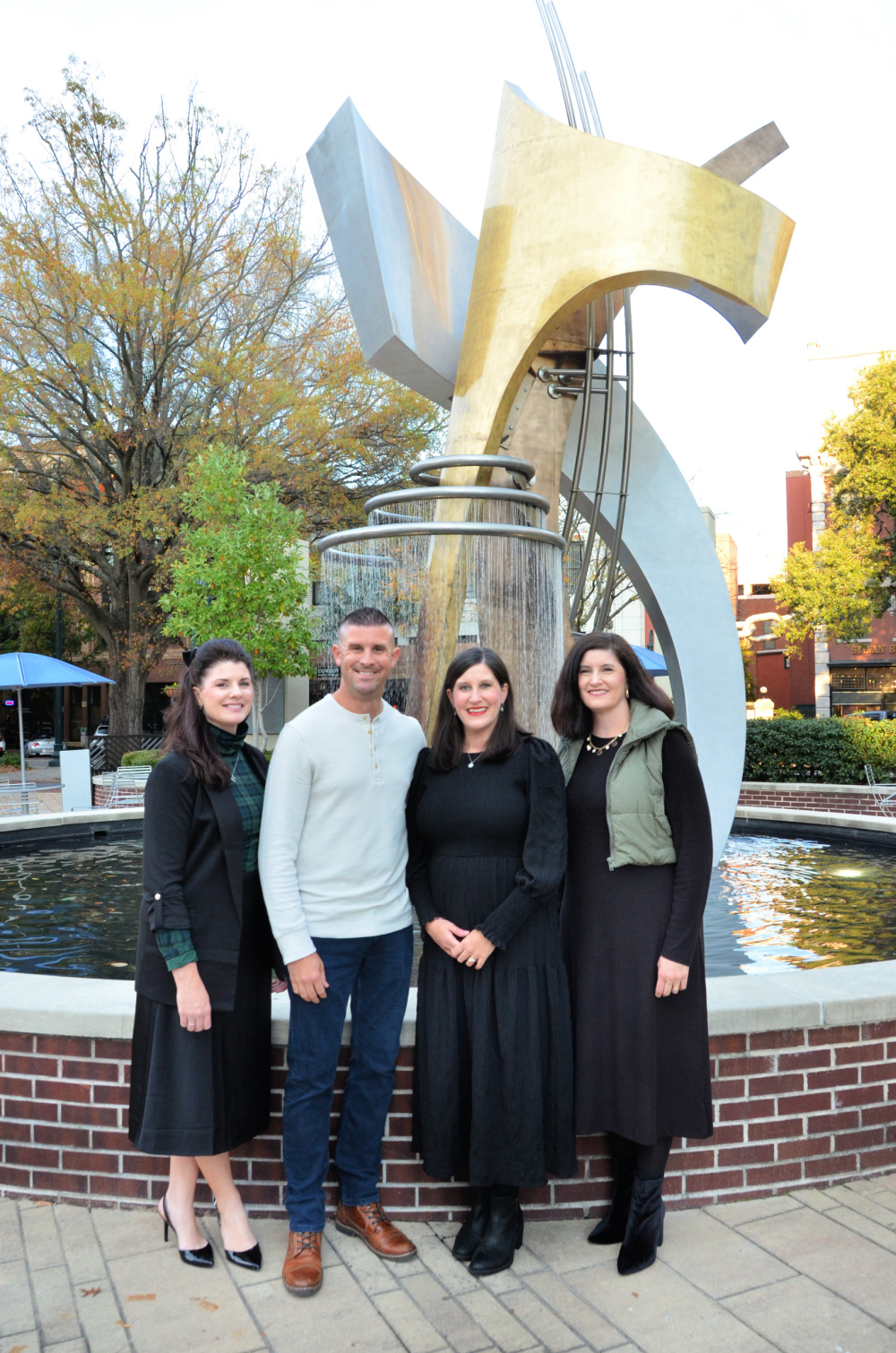
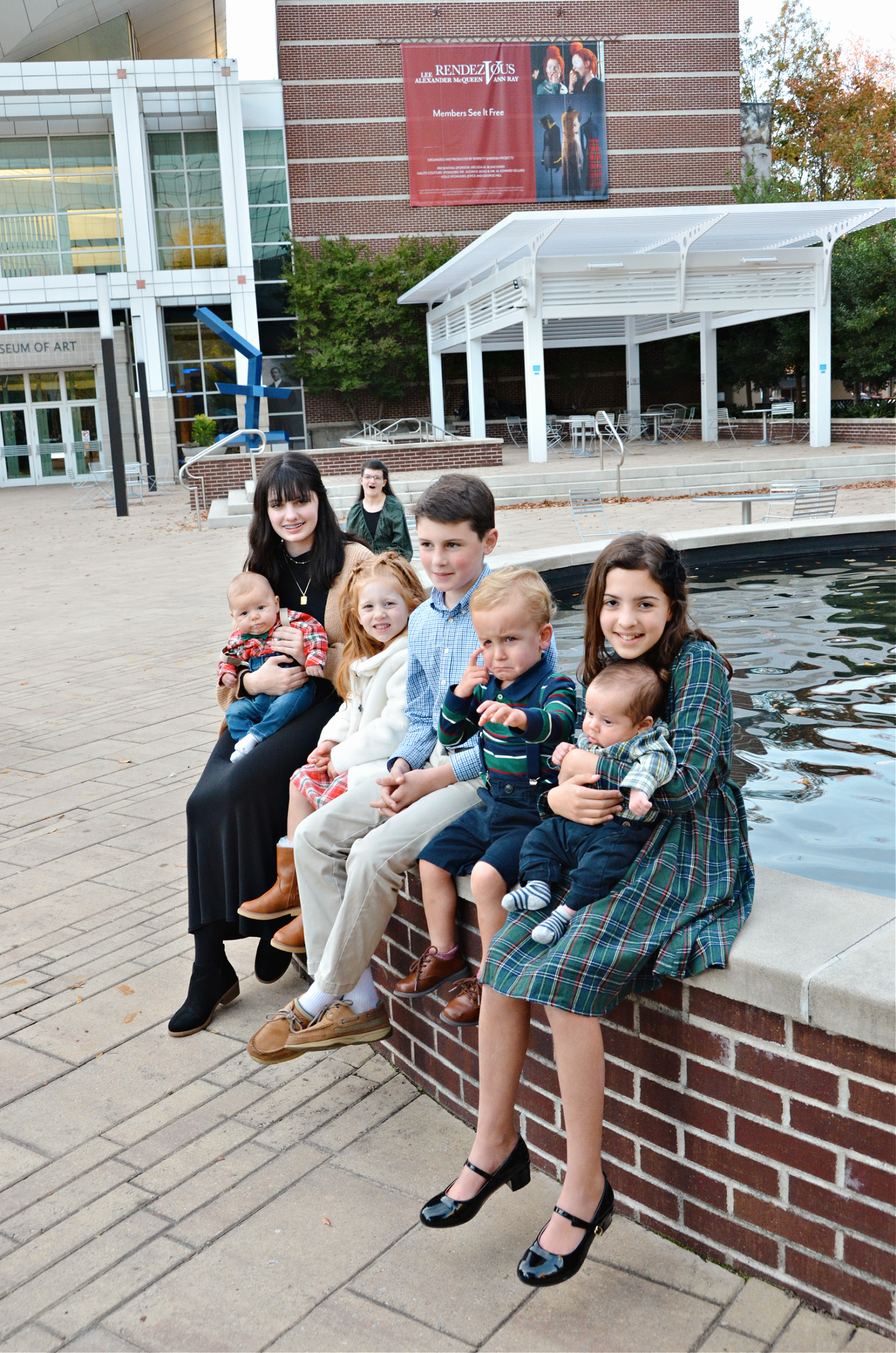
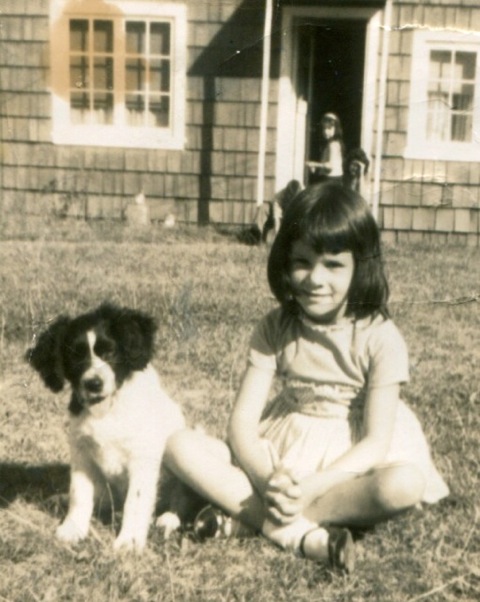












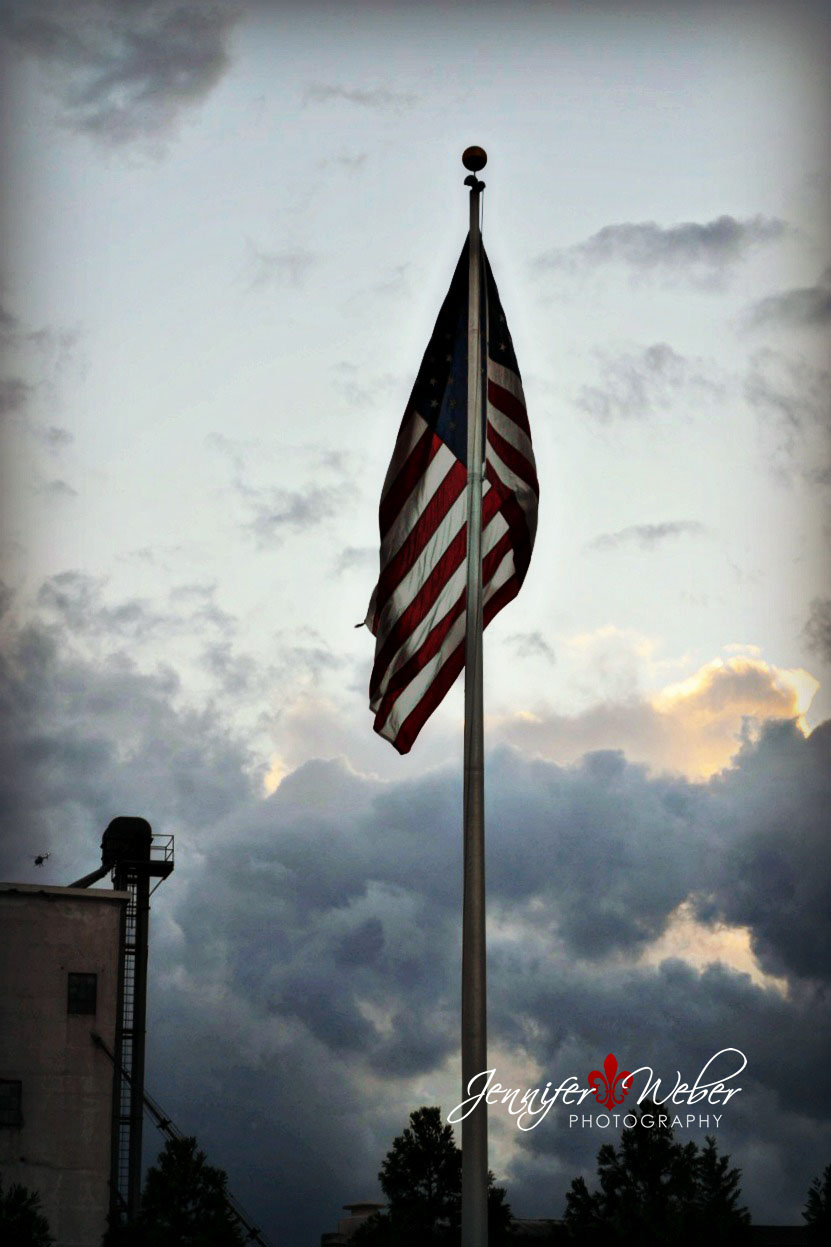

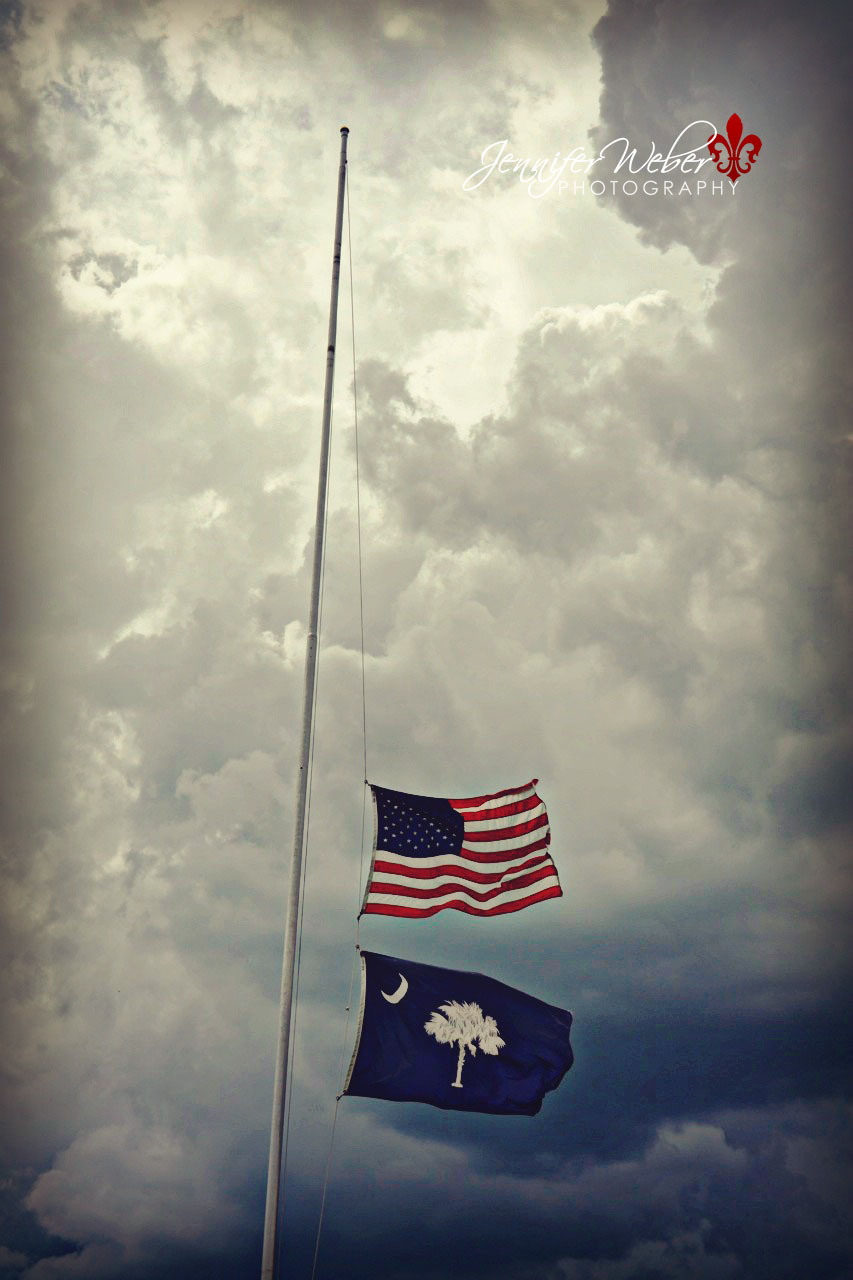

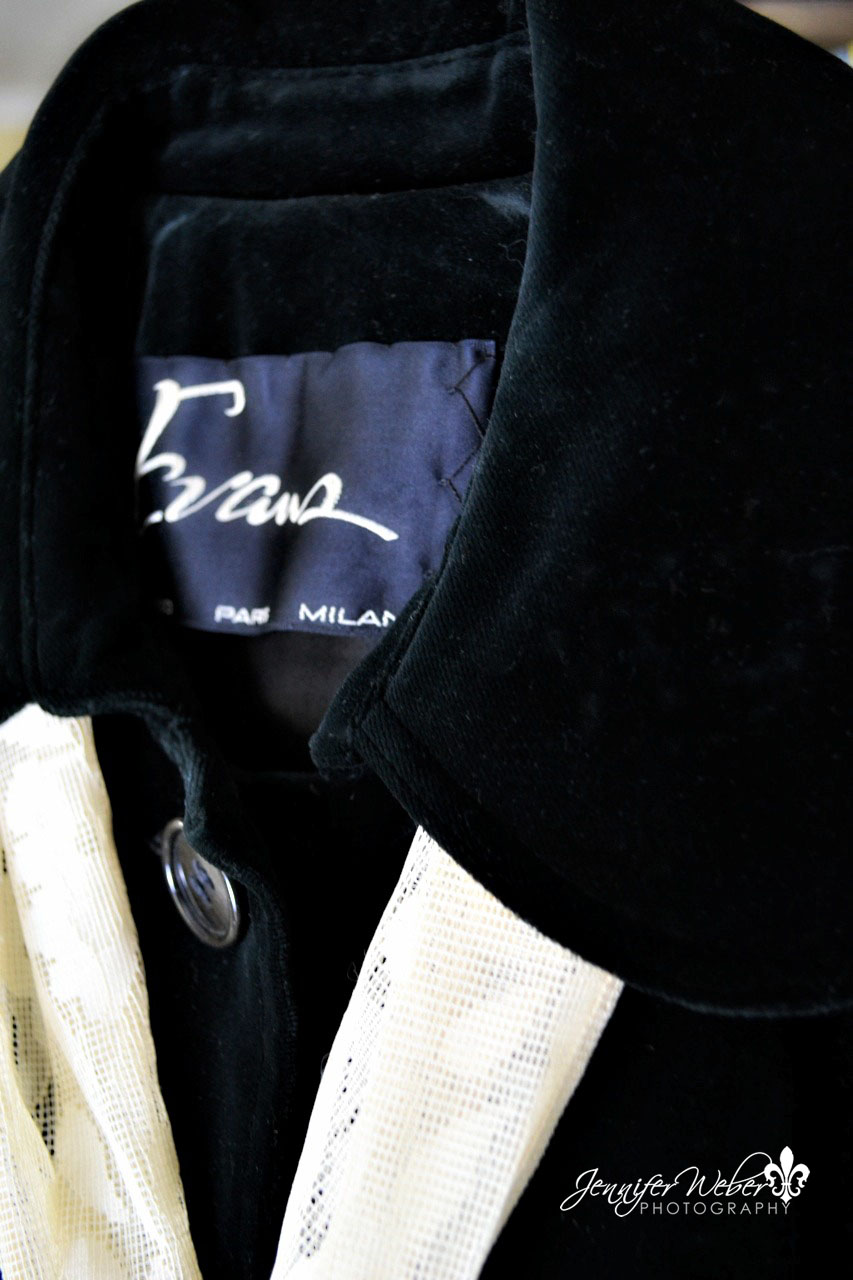
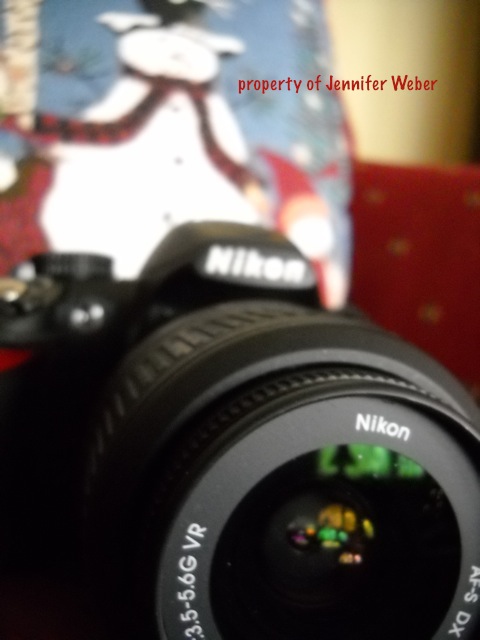
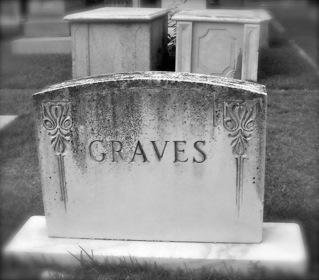
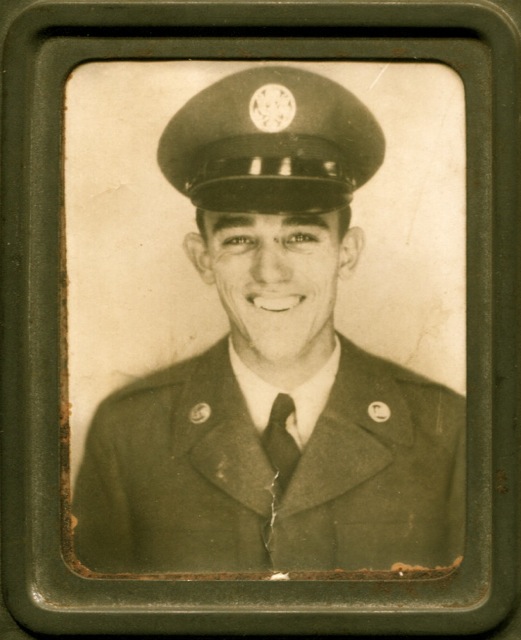
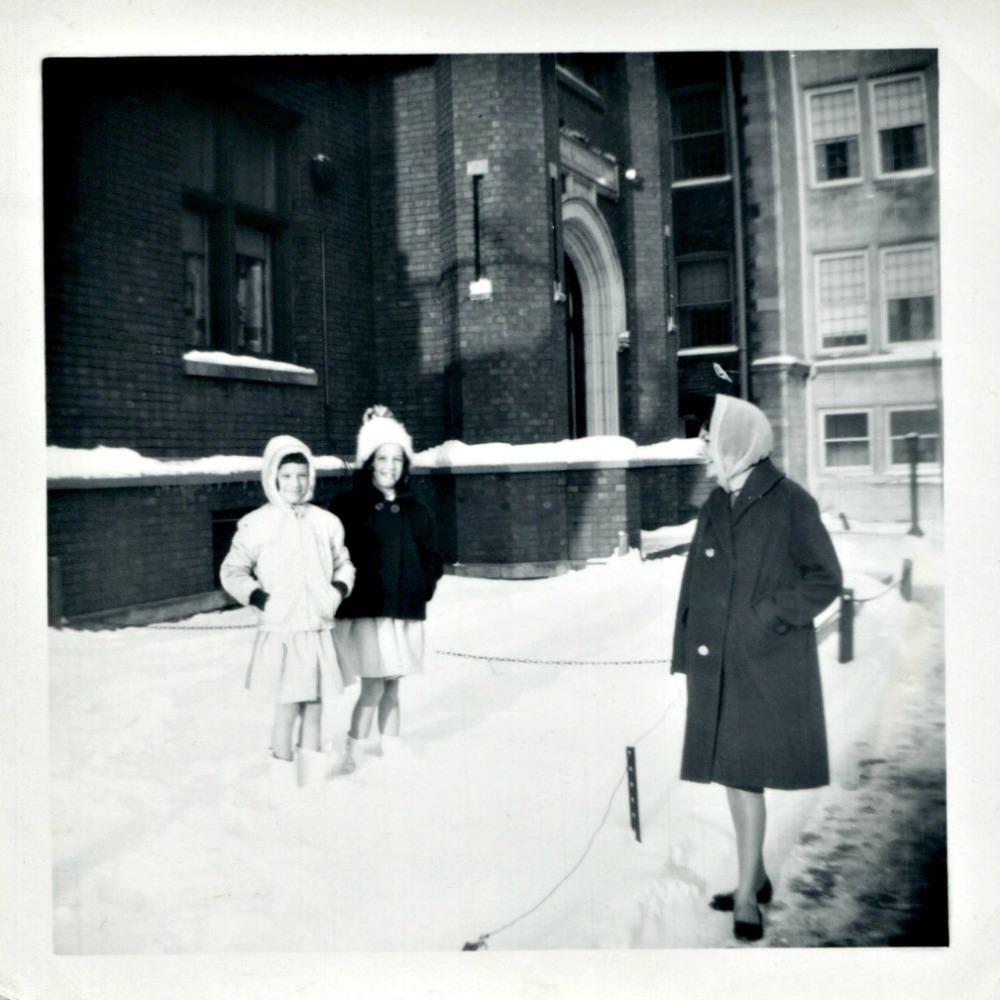

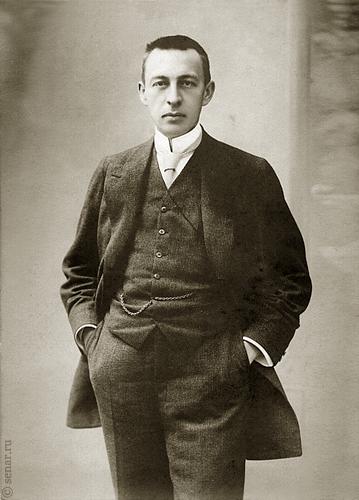
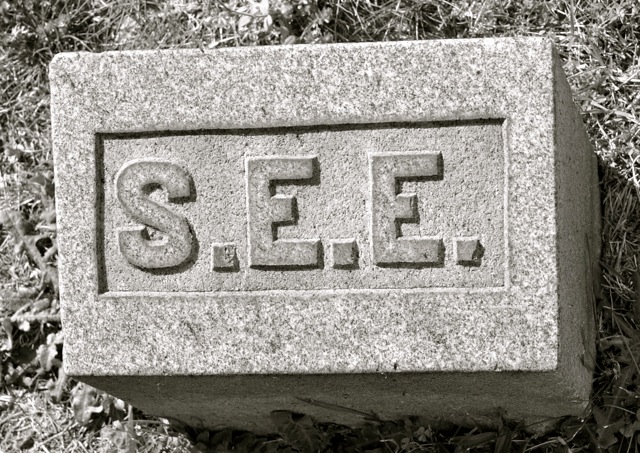
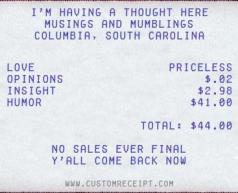
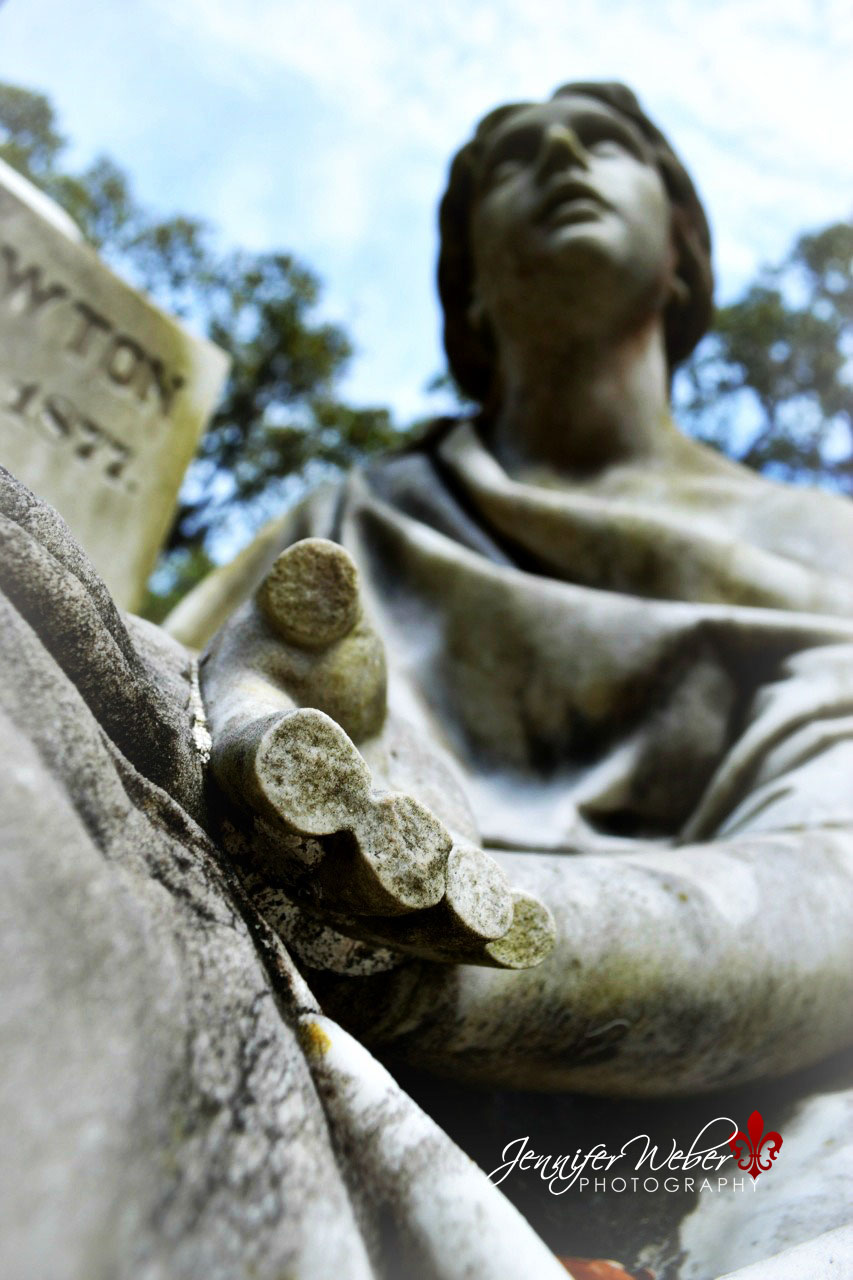

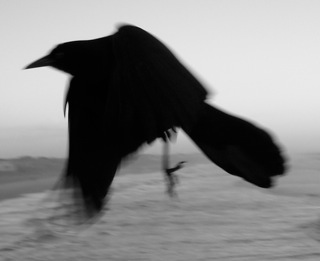



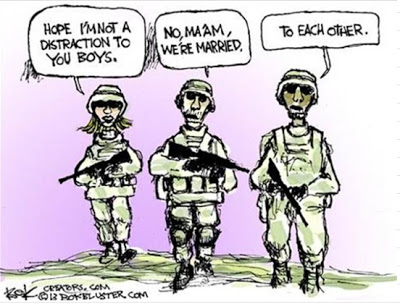
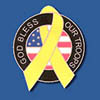
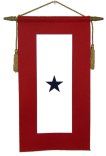
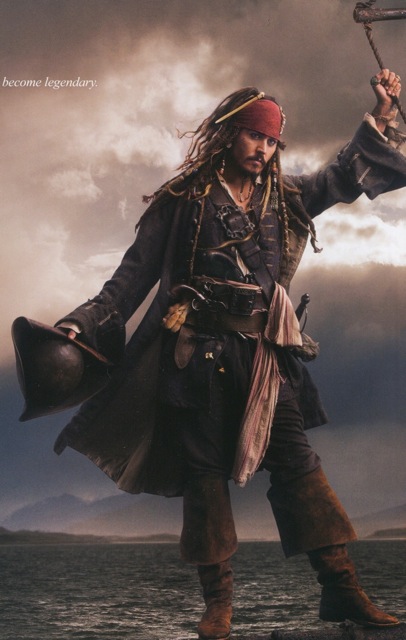























































![Hold Back the Dawn [DVD] Charles Boyer; Olivia de Havilland; Paulette Goddard](http://ecx.images-amazon.com/images/I/41AkExBJQsL._SL75_.jpg)






Reader Comments